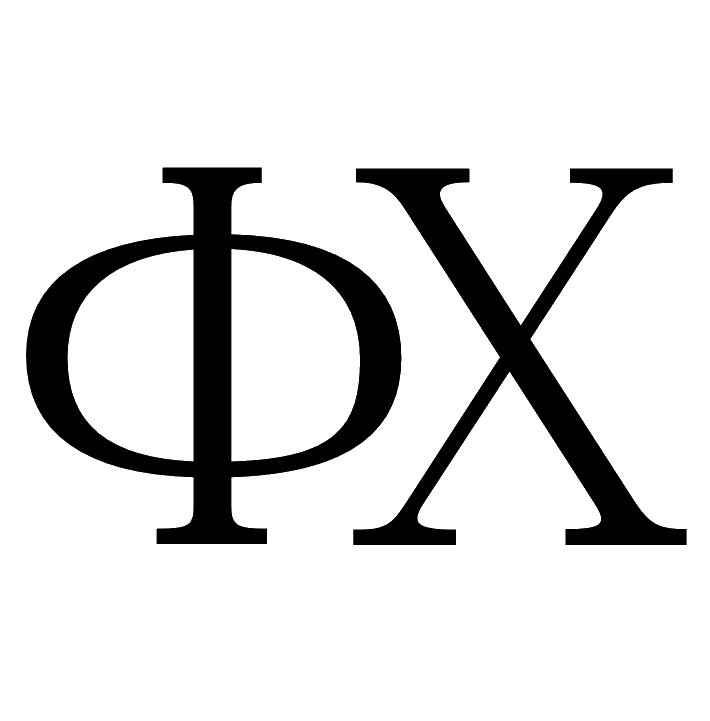Tribological aspects of nanostructured materials
V.V. Stolyarov
Mechanical Engineering Research Institute of the RAS
DOI: 10.26456/pcascnn/2023.15.840
Review
Abstract: The article is devoted to the review of structural factors influencing the tribological behavior of nanostructure metals and alloys without lubrication. The scientific significance of this topic is related to the understanding of wear mechanisms and the possibility of its prediction during long-term operation. Particular attention is focused on the effect of the grain size in the range of 0,01-10 µm, as one of the most important structural parameters. Emphasis is placed on materials with ultrafine grains obtained by severe plastic deformation, and nanocrystalline materials obtained by non-deformation methods of sputtering and deposition. It is shown that nanocrystalline films on the contact surface are more preferable for increasing wear resistance, since they are more resistant to structural-phase transformations during friction. Among pure metals, as objects without phase transformations, copper, nickel, aluminum and titanium are considered. As an example of more complex objects, alloys based on titanium (an intermetallic compound with shape memory TiNi and two phases Ti-Al-V alloy) are presented. In addition to the classical scheme of friction during macrodisplacement of the indenter on the contact surface, the fretting friction during microdisplacement is considered.
Keywords: slip, wear, friction coefficient, nanostructure, fretting, roughness
- Vladimir V. Stolyarov – Dr.Sc., Chief Researcher, Mechanical Engineering Research Institute of the RAS
Reference:
Stolyarov, V.V. Tribological aspects of nanostructured materials / V.V. Stolyarov // Physical and chemical aspects of the study of clusters, nanostructures and nanomaterials. — 2023. — I. 15. — P. 840-850. DOI: 10.26456/pcascnn/2023.15.840. (In Russian).
Full article (in Russian): download PDF file
References:
1. Kolubaev A.V. Strukturnye aspekty treniya metallov [Structure aspects of friction of metals], Perspektivnye materialy: uchebnoe posobie [Advanced materials: tutorial], ed. D.L. Merson, Tolyatti, TGU Publ., 2013, vol. 5, pp. 126-218. (In Russian).
2. Wang C.T., Gao N., Wood R.J.K., Langdon T.G., Wear behavior of an aluminum alloy processed by equalchannel angular pressing, Journal of Materials Science, 2011, vol. 46, issue 1, pp. 123-130. DOI: 10.1007/s10853-010-4862-0.
3. Pakhomov M., Gorlov D., Stolyarov V. Features of wear and friction in titanium, IOP Conference Series: Materials Science and Engineering, 2020, vol. 996, art. no. 012017, 5 p. DOI: 10.1088/1757-899X/996/1/012017.
4. Gao N., Wang C.T., Wood R.J.K., Langdon T.G. Tribological properties of ultrafine-grained materials processed by severe plastic deformation, Journal of Materials Science, 2012, vol. 47, issue 12, pp. 4779-4797. DOI: 10.1007/s10853-011-6231-z.
5. Misochenko A.A., Chertovskikh S.V., Shuster L.Sh., Stolyarov V.V. Influence of grain size and contact temperature on the tribological behaviour of shape memory Ti49.3Ni50.7 alloy, Tribology Letters, 2017, vol. 65, issue 4, art. no. 131, 7 p. DOI:10.1007/s11249-017-0917-6.
6. Chertovskikh S.V., Shuster L.Sh. Analiz treniya i iznashivaniya ul’tramelkozernistykh materialov s pozitsii termodinamiki [Friction and wear analysis of ultrafine-grained materials from standpoint of thermodynamics], Vestnik UGATU [Bulletin of USATU], 2016, vol. 20, no. 2 (72), pp. 55-60. (In Russian).
7. Stolyarov V.V., Kuznetsov V.P. Fenomenologiya i strukturnye aspekty fretting-treniya konstruktsionnykh materialov [Phenomenology and structure aspects of fretting friction of structure materials], Actual’nye problemy prochnosti: monograph [Actual strength issues: monograph], ed. V.V. Rubanik, Molodechno, Pobeda LTD Publ., 2020, pp. 20-33. (In Russian).
8. Zhilyaev A.P., Shakhova I., Belyakov A., Kaibyshev R., Langdon T.G. Wear resistance and electroconductivity in copper processed by severe plastic deformation, Wear, 2013, vol. 305, issue 1-2, pp. 89-99. DOI: 10.1016/j.wear.2013.06.001.
9. Sadykov F.A., Barykin N.P., Aslanyan I.R. The influence of strain-heat processing on copper wear, Wear, 1997, vol. 212, issue 2, pp. 160-164. DOI: 10.1016/S0043-1648(97)00164-6.
10. Li Y.S., Zhang Y., Tao N.R., Lu K. Effect of thermal annealing on mechanical properties of a nanostructured copper prepared by means of dynamic plastic deformation, Scripta Materialia, 2008, vol. 59, issue 4, pp. 475-478. DOI: 10.1016/j.scriptamat.2008.04.043.
11. Wang C.T., Gao N., Gee M.G., Wood R.J.K., Langdon T.G. Tribology testing of ultrafine-grained Ti processed by high-pressure torsion with subsequent coating, Journal of Materials Science, 2013, vol. 48, issue 13, pp. 4742–4748. DOI: 10.1007/s10853-012-7110-y.
12. Chen X., Han Z., Lu K. Friction and wear reduction in copper with a gradient nano-grained surface layer, ACS Applied Materials Interfaces, 2018, vol.10, issue 16, pp. 13829-13838. DOI: 10.1021/acsami.8b01205.
13. Farhat Z.N., Ding Y., Northwood D.O., Alpas A.T. Effect of grain size on friction and wear of nanocrystalline aluminum, Materials Science and Engineering A, 1996, vol. 206, issue 2, pp. 302-313. DOI: 10.1016/0921-5093(95)10016-4.
14. Prasad S.V., Battaile C.C., Kotula P.G. Friction transitions in nanocrystalline nickel, Scripta Materialia, 2011, vol. 64, issue 8, pp. 729-732. DOI: 10.1016/j.scriptamat.2010.12.027.
15. Guidry D.J., Lian K., Jiang J.C., Meletis E.I. Tribological behavior of nanocrystalline nickel, Journal of Nanoscience and Nanotechnology, 2009, vol. 9, no. 7, pp. 4156-4163. DOI: 10.1166/jnn.2009.m25.
16. Mishra R., Basu B., Balasubramaniam R. Effect of grain size on the tribological behavior of nanocrystalline nickel, Materials Science and Engineering A, 2004, vol. 373, issue 1-2, pp. 370-373. DOI: 10.1016/j.msea.2003.09.107.
17. Amanov A., Cho I.-S., Kim D.-E., Pyun Y.-S. Fretting wear and friction reduction of CP titanium and Ti–6Al–4V alloy by ultrasonic nanocrystalline surface modification, Surface and Coatings Technology, 2012, vol. 207, pp. 135-142. DOI: 10.1016/j.surfcoat.2012.06.046.
18. Waterhouse R. Fretting wear, Wear, 1984, vol. 100, issue 1-3, pp. 107-118. DOI: 10.1016/0043-1648(84)90008-5.
19. Yang T., Venkatesh T.A., Dao M. Modeling fretting wear resistance and shakedown of metallic materials with graded nanostructured surfaces, Nanomaterials, 2023, vol. 13, issue 10, art. no. 1584. 17 p. DOI: 10.3390/nano13101584.
20. Lefranc V., Baydoun S., Gandiolle C. et al. Heterogeneity in tribologically transformed structure (TTS) of Ti-6Al-4V under fretting, Wear, 2023, vol. 522, art. no. 204680, 11 p. DOI: 10.1016/j.wear.2023.204680.
